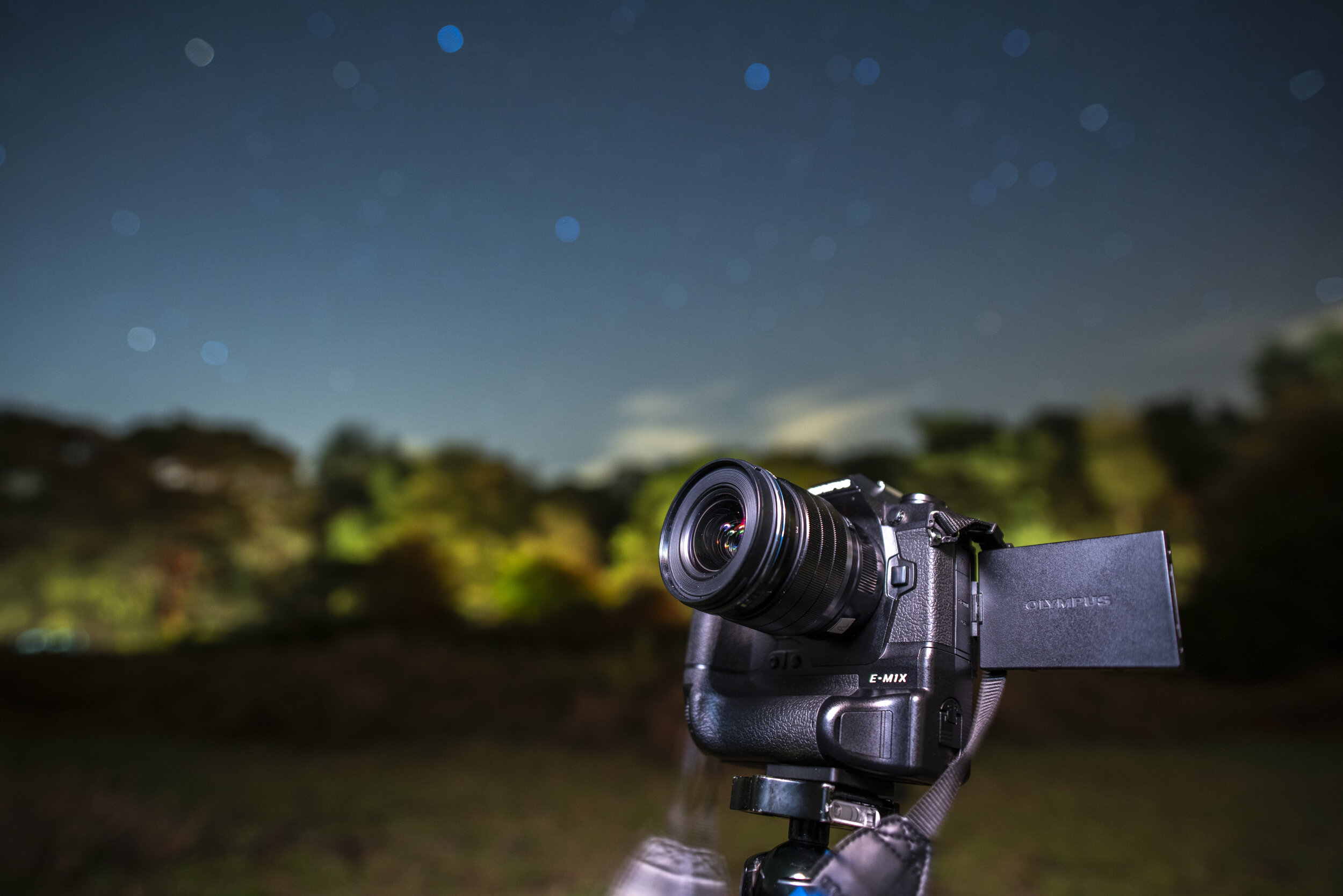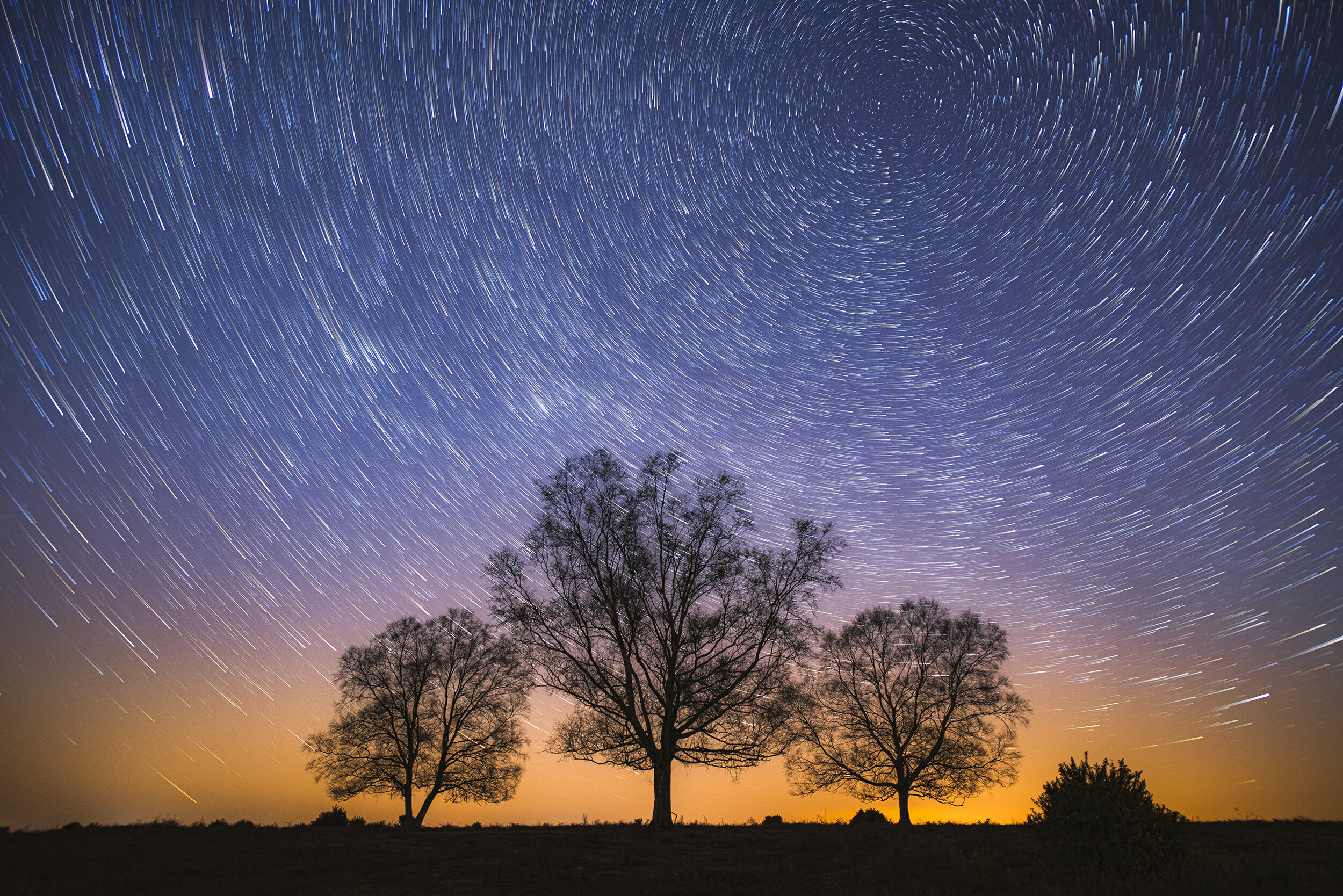Viltrox 20mm f/1.8 ASPH - E mount review - Best 'budget' wide angle for mirrorless?
I was selected to review this lens from Viltrox and I thank them for this lovely opportunity, but my thoughts will be true to my own experiences and I will not disregard any negative points.
An Introduction To The Viltrox 20mm f/1.8
I think its fair to say that Viltrox are best known for creating photographic accessories; lens adapters, remotes and lighting etc. October 2018, Viltrox entered a whole new sector – lenses. They launched three ‘budget’ lenses, an 85mm f/1.8 MF, 85mm f/1.8 STM (AF) and the 20mm f/1.8 MF which I have been reviewing. All three lenses are designed to work with full frame and aps-c mirrorless cameras, so will not work on a DSLR.
I have used the lens through a variety of scenarios and locations but as a writer for Camera Jabber, I found myself to use this lens for product photography - shooting images of the equipment I was reviewing. It is wide-angle enough to encorporate the scene and the f/1.8 is nice for some seperation. Even when used on my Sony A6500 it produced lovely images.
Who is this lens aimed at? Well, mainly I feel it would be aimed at beginners, especially those looking to invest in a new lens on a fairly tight budget. Having used it pretty extensively, I feel like the build/optical quality would also attract more advanced photographers. Having a wide field of view and wide aperture sound like a perfect combo for shooting astro landscapes and for lenses like this you’d be expecting to pay upwards of £700. I know there are some people who won’t even take a look at this lens because it isn’t a main brand, or because it doesn’t have autofocus, however, if you’re reading this because you’ve been wondering whether to add one, read on because you may be pleasantly surprised!
‘‘In October,2018, VILTROX had officially launched three lenses, which indicates that VILTROX is
entering the lens market. Since 2014, Shenzhen Jueying Technology has gathered professional
research teams and talents for independent R&D. After four years of unremitting efforts and breaking
down lots of barriers, we eventually manage to share our achievements with photography enthusiasts
and Viltrox fans in October.’’
Build, handling and design
When I first opened the box and held it, I was surprised by the weight and overall. In all honesty I was expecting some cheap feeling plastics or thin metal, but no, it feels solid, premium and both focus and aperture ring turn incredibly smoothly! The damping is so smooth infact, I’d say it is one the best feeling manual lenses I have ever used! The focus throw is quite long, unsure on the exact amount of degrees, but I feel like it would be good for video work.
It’s a hefty lens weighing in at 775g, but this is a good thing in my opinion as this gives a reassuring feel. There aren’t any electronics within the lens, so as this is completely manual you will not see any lens exif data and it has no autofocus. This has never really bothered me in the past, as the majority of my lenses are fully manual anyway, but it would be nice to see what lens took which image, especially when you have bag full of manual prime lenses, it can get a bit confusing when I import my images onto the PC!
Viltrox has come up with a rather neat hood design for this lens. The front element is bulbous and in most cases, this would require one to purchase a dedicated filter holder allowing the use of ND filters for example. However, Viltrox not only offer a metal petal hood, but another metal circular one is included. This features an 82mm filter thread, allowing you to attach filters nice and easily!
Lens cap
Front element
82mm threaded hood
82mm 10 stop ND attached
Optical quality
As you can see in this image below taken from the Viltrox website, the optical formala is pretty impressive, featuring some rather exotic glass considering the low price point. But how does it perform in the real world? I don’t take pictures of test charts I’m afraid, check out DXO or DPReview for that, I just go out on real shoots and put it through its paces. So, here goes!
Sharpness
I think this is where the lens truly surprised me. Japanese and German lenses get all the attention for their top quality optics, but you’ve got to sell a kidney or two to aquire one! Many Chinese made lenses have a bad rep because they used to be awful, but nowadays some really are able to compete against the big names. Bear in mind that several years ago, if you wanted an f/1.8 wide angle lens, you’d need a big name brand as the 3rd party lenses would be horribly soft and smudgy, take the older Sigma 20mm f/1.8 for example, it was pretty poor!
Edited image - ISO 100 - f/1.8 - Minimum focus distance
Un-edited 100% crop
F/16 - edited but no sharpness added
200% centre crop
200% corner crop
Sharpness is actually pretty good! I’d be happy to shoot this lens for casual landscapes and general everyday stuff. It doesn’t seem as impressive compared to some other lenses, however, for the majority of people who this lens is aimed it will certainly deliver! As you can see from the full image, the lens also produces very impressive sunstars too!
Left: Minimum focusing distance shot at f/1.8
Right: 100% crop
No sharpness added in post. Very impressed!
Chromatic aberrations
Yes, there is some present when shooting wide open, but it isn’t much (the Canon 85mm f/1.2 L mkii has an awful lot!). It is pretty well controlled to be honest and is only more noticable when shooting in high contrast scenes. The mushroom image above had no CA correction.
Shoot RAW and click one button to remove it in post. Easy. Even some incredibly expensive lenses exhibit a bit of colour fringing, so this isn’t an issue, not for me anyway…..for video it might be an issue?
Bokeh
It is still very possible to blur the background, even though it is a wide-angle. I really like the look of an image created by a wide lens with a wide aperture. I own the Laowa 15mm f/2 which is another great lens! Obviously, by getting as close to your subject as possible and also having the background far away will help to give you a more blurry background. Most of the time, when you get a blurry background, it looks quite smooth with well defined bokeh balls. Only when the background is quite close does it tend to look ‘busy’, but then again thats the case with most lenses.
Astro
Most wide-angle lenses feature an f/2.8 aperture, which is regarded to be pretty ‘fast’. However, when it comes to shooting nightscapes even f/2.8 may require an ISO of 6400, resulting in some grainy images. Basically, you want the widest aperture possibly available to let as much light into the camera. Sigma make a huge 14mm f/1.8, a slightly smaller 20mm f/1.4, Laowa have their 15mm f/2, Nikon also has a 20mm f/1.8…there are probably more I’ve missed, but compared to wide angle f/2.8 lenses there aren’t as many featuring a wider F stop.
Only able to capture 43 images for this as I didn’t have enough time - all 30 seconds long, f/1.8, ISO 1600 - A7r3
So, when it comes to shooting the stars, does the Viltrox suck? No, not really. The corners are not as good as some other lenses, the coma is quite strong…..but i’m no astro photography connoisseur, so coma really doesn’t bother me. Many of my night shoots result in star trails anyway.
100% crop of a corner section
Heavy vignetting…caused by my lens heater! Whoops!
Here’s a scenario for you – say you’ve just bought a Sony A7 mkii with the 28-70mm kit lens….f/3.5 on the wide end will get you usable results, but 28mm isn’t all that wide and f/1.8 will get you far more cleaner and better looking images!
Final Thoughts & Conclusion
This lens can be had for around £350, which for some is very cheap but for those fairly new to photography will sound quite expensive. Over the past few years I have used and owned some pretty expensive lenses - for example I owned the Sigma 105mm f/1.4 for roughly a year, loved it, just wasn’t getting enough use to justify the price. The Canon 50mm f/1.2L was another lens I owned….for about 2 weeks! Way too much colour fringing and just didn’t like the look it gave so sold it! Anyway, the Viltrox 20mm is not only impressive because it is cheap, its impressive because it is sharp, well made, decent image quality and I think Viltrox have done very well to make an affordable lens perform this good!
If you have just moved from APSC to Full Frame and you no longer have a huge budget for a wide angle lens, honestly just get one of these! Okay so it doesn’t have auto-focus or transmit exif data - but who cares! Manual lenses are great to use and you become more at one with the photo taking process.
Negative points are hard to come by because like I said….its about £350! Sure it would be nice if they added electronic data transmission or weather sealing but this would just bump the price up. The price makes this lens marketed towards beginners but the performance is aimed towards the higher end market.
Get one - highly recommended 9/10



























